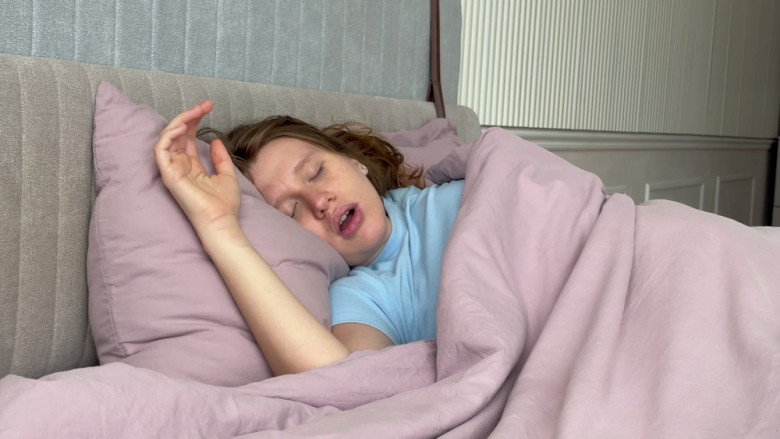views

Did you know that at least one in four people snores every night? So, if your bed partner is keeping you awake, you are not alone. Millions of people are struggling to sleep soundly like you, thanks to the noisy person in their bed who is rattling on.
However, while snoring is often harmless, it can sometimes indicate a more serious condition known as sleep apnea. Understanding the differences between simple snoring and sleep apnea is crucial, especially for overweight individuals, as both conditions are more prevalent in this demographic.
This article delves into the distinctions between OSA and snoring, their causes, indicators that snoring might be sleep apnea, factors affecting both conditions, and available treatments.
What is OSA?
Sleep apnea is a sleep disorder that causes repeated breathing interruptions while sleeping. The most common type, obstructive sleep apnea (OSA), occurs when the upper airway becomes partially or completely blocked, reducing, or stopping airflow. These interruptions can lead to fragmented sleep and lower oxygen levels in the blood, resulting in excessive daytime sleepiness and other health complications. Overweight individuals are at a higher risk for OSA due to the accumulation of fatty deposits around the upper airway, which can obstruct breathing (Sleep Foundation).
What Causes Snoring?
Snoring happens when airflow through the mouth and nose is partially blocked during sleep, causing nearby tissues to vibrate and create sound. Common causes include:
- Obesity: Excess weight, especially around the neck, can narrow the airway and increase the likelihood of snoring (Iowa Sleep TMJ).
- Alcohol Consumption: Alcohol relaxes the muscles of the throat, increasing the risk of airway collapse and snoring.
- Sleeping Position: Sleeping on one's back can cause the tongue and soft palate to collapse to the back of the throat, leading to snoring.
- Nasal Congestion: When nasal passages are blocked, inhalation becomes difficult, creating a vacuum in the throat that results in snoring.
Snoring vs. OSA: Key Differences
Understanding the distinctions between snoring and OSA is essential for proper diagnosis and treatment.
|
Aspect |
Snoring |
Sleep Apnea |
|
Definition |
Noisy breathing during sleep due to partial airway obstruction |
Repeated episodes of complete or partial airway blockage during sleep |
|
Breathing Pauses |
Absent |
Present; breathing stops and starts repeatedly |
|
Sleep Quality |
Unaffected |
Poor sleep quality due to frequent awakenings |
|
Daytime Symptoms |
Typically none |

 What's your reaction?Facebook Conversations |




















Comments
0 comment